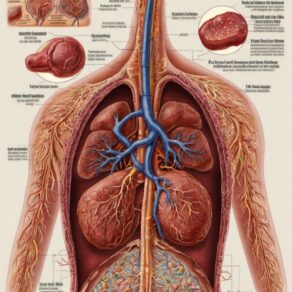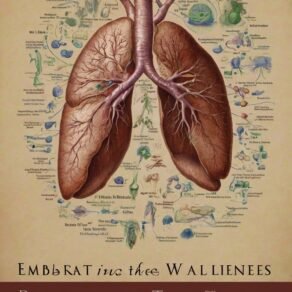Steatosis, commonly known as fatty liver disease, often progresses silently, underscoring the importance of recognizing early symptoms. This article meticulously explores the various symptoms associated with liver steatosis, shedding light on their significance and emphasizing the need for timely intervention.
Unveiling the Stealthy Onset: Early Symptoms of Liver Steatosis
1. Fatigue and Generalized Weakness:
- Significance: Persistent fatigue and a sense of weakness can be early indicators of liver steatosis. As the liver’s efficiency diminishes, overall energy levels may decline.
2. Discomfort in the Upper Abdomen:
- Significance: Unexplained discomfort or a dull ache in the upper right side of the abdomen could be a manifestation of liver inflammation associated with steatosis.
3. Unintended Weight Loss:
- Significance: In the early stages, individuals with liver steatosis may experience unexplained weight loss. This can be attributed to metabolic changes and nutrient processing issues.
4. Changes in Bowel Habits:
- Significance: Irregularities in bowel movements, such as constipation or diarrhea, may signal disruptions in the digestive processes linked to liver dysfunction.
5. Mild Jaundice – Yellowing of the Skin:
- Significance: In some cases, a subtle yellowing of the skin and eyes (jaundice) may occur due to impaired liver function, indicating a more advanced stage of liver steatosis.
6. Swelling and Fluid Retention:
- Significance: Advanced liver steatosis may lead to fluid retention, causing swelling in the abdomen (ascites) or legs. This is a result of compromised liver and kidney function.
The Importance of Timely Recognition and Intervention
Recognizing these early symptoms is pivotal for initiating timely intervention and preventing the progression of liver steatosis to more severe conditions. Timely lifestyle modifications and medical guidance can significantly improve the prognosis and quality of life for individuals with steatosis.
Seeking Professional Guidance
If you or someone you know is experiencing these symptoms, it is crucial to seek professional medical advice promptly. A healthcare provider can conduct thorough assessments, including imaging and blood tests, to diagnose liver steatosis accurately.
Conclusion: Empowering Early Detection
Understanding and acknowledging the early symptoms of liver steatosis empowers individuals to take proactive steps toward liver health. This article aims to raise awareness about the subtle signs that may indicate the onset of steatosis, emphasizing the significance of early detection for a healthier and more informed lifestyle.



